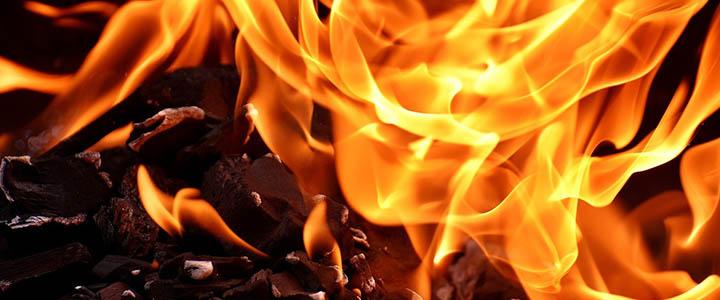
November 2020: Come On Baby, Light My Cleaner, More Efficient Fire
It’s wood-heating season, and spending more time at home means you may be keeping the home fires burning more often than anticipated. Wood smoke may smell good, but it’s not good for you. Wood smoke consists of particles that can get into your eyes and lungs, where they can cause burning eyes, runny nose and respiratory illness, such as bronchitis. The fine particulates of wood smoke can be inhaled deep into the lungs, collect in tiny air sacs (alveoli) where oxygen enters the blood, and cause breathing difficulties and permanent lung damage.
Fortunately, recent advances in wood-heater design have resulted in the manufacturing of cleaner-burning wood and pellet stoves. Here are some tips to maximize your stove’s efficiency, save money and reduce adverse health and environmental impacts:
- Burn only dry, seasoned wood. Cordwood should be split, stacked, covered and stored for at least six months. Burning wet wood will result in fires that are slow to ignite, smoky and create creosote in your chimney.
- Don’t know if your wood is seasoned? Your wood is seasoned if the moisture content is less than 20%. The only way to know for sure is to purchase a moisture meter, available at most hardware stores. Split the wood before taking a reading on the newly split surface. If the wood is seasoned, it should read below 20%.
- Take everything you’ve learned about fire making and turn it upside down. Literally. Build an upside down fire by placing a few logs at the bottom and sides of the firebox similar to building a log cabin. Build up by layering smaller pieces on top of larger ones. Place your kindling or tinder (birch bark, small twigs, or pieces of cardboard work well) at the top of the stack and light it. The fire will burn from the top down, resulting in a hotter, cleaner fire.
- When starting your top down fire, use ample kindling and give your stove plenty of air. Never burn garbage or treated or painted lumber in your stove.
- A smoldering fire, “dirty” glass doors, or smoke from your chimney are all signs that your fire needs more air or your wood is too moist.
- Have your stove and chimney professionally cleaned and serviced annually.
- To learn more about best burn practices, visit EPA’s Burn Wise Program website.




